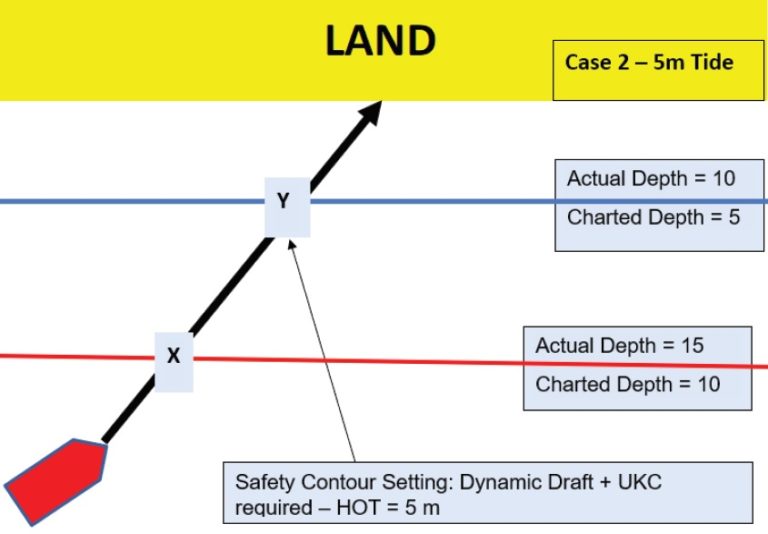

- Setting the depth setting on ipicture software how to#
- Setting the depth setting on ipicture software manual#
- Setting the depth setting on ipicture software full#
While you control depth of field using your aperture setting, camera position is also critical for achieving a shallow depth of field. When shooting with depth of field this shallow, focus becomes especially critical. Here, the depth of field is so shallow, that the girl’s eyes are in focus but her eyebrows are not, meaning the depth of field is only a fraction of an inch deep. The depth of field in this image is so shallow that her eyes are in focus while her eyebrows are not.This is a portrait shot with an f1.2 50mm lens opened all the way. This will make your backgrounds go too soft and make it difficult to keep the correct parts of your image in focus. If you have a very fast lens, and you open it up to its largest aperture, you might have a difficult time focusing. If you have a lens that can open up very wide (also called a fast lens), you’ll want to think about how shallow you want the depth of field to be. For example, the markings on this PowerShot G9 indicate that it has an aperture range of f2.8 at its widest angle to f 4.8 at it’s most telephoto. Your lens should list its aperture range on the ring on the front of the camera. Note that every lens has a set aperture range, and some lenses can open to a wider aperture than others. You’ll usually choose deep depth of field for landscape shots. Everything from the foreground to the horizon is in focus. But shallow depth of field is also handy any time you need a way to separate a subject from a busy background-street shooting, event shooting, and many other situations can benefit from a reduction in depth of field. For example, in a portrait it’s nice to have a shallow depth of field so that the focus is on the person’s face.
Setting the depth setting on ipicture software how to#
Once you know how to control your aperture, you’ll need to figure out how much depth of field you want in your photo.
Setting the depth setting on ipicture software manual#
What this means is that it’s difficult to achieve extremely shallow depth of field with a point-and-shoot camera, even if you have manual controls. However, a camera with a smaller sensor has inherently deeper depth of field. These days, all SLRs have priority and manual modes, as do Micro Four Thirds cameras, and some advanced point-and-shoot cameras, such as the Panasonic Lumix LX3 andĬanon PowerShot S90. If your camera doesn’t provide a mechanism for controlling aperture, then you won’t be able to choose a particular depth of field. For details on changing modes and using the aperture priority mode, consult your camera’s manual.

When in aperture priority mode, you choose the aperture you want, and the camera automatically picks a corresponding shutter speed to yield a good exposure. On most cameras, Aperture Priority mode is indicated on the mode selector by an A, though Canon cameras use Av.
Setting the depth setting on ipicture software full#
(Most cameras with aperture priority also have a full manual mode). To change your aperture, you must have a camera with an aperture priority or manual mode. Smaller f-numbers denote larger apertures, which mean less depth of field. Another way to think of it is that a smaller number means less depth of field. Setting your aperture setting to f2.8 will yield shallower depth of field than setting it to f11. Now here’s the tricky part: aperture size is denoted by a number, and the smaller the number, the larger the aperture. The smaller the aperture, the deeper your depth of field will be, resulting in more of your image being in focus. The first rule for understanding aperture and depth of field is very simple: the larger the aperture, the shallower your depth of field will be, meaning a smaller portion of your image will be in focus. You control the size of this hole, or aperture, by changing the aperture setting, which is measured using a scale of f-stops. Like your eye, a camera lens has an iris inside that can open or close to let in more or less light. Depth of field is controlled by changing the aperture setting on your camera.


 0 kommentar(er)
0 kommentar(er)
